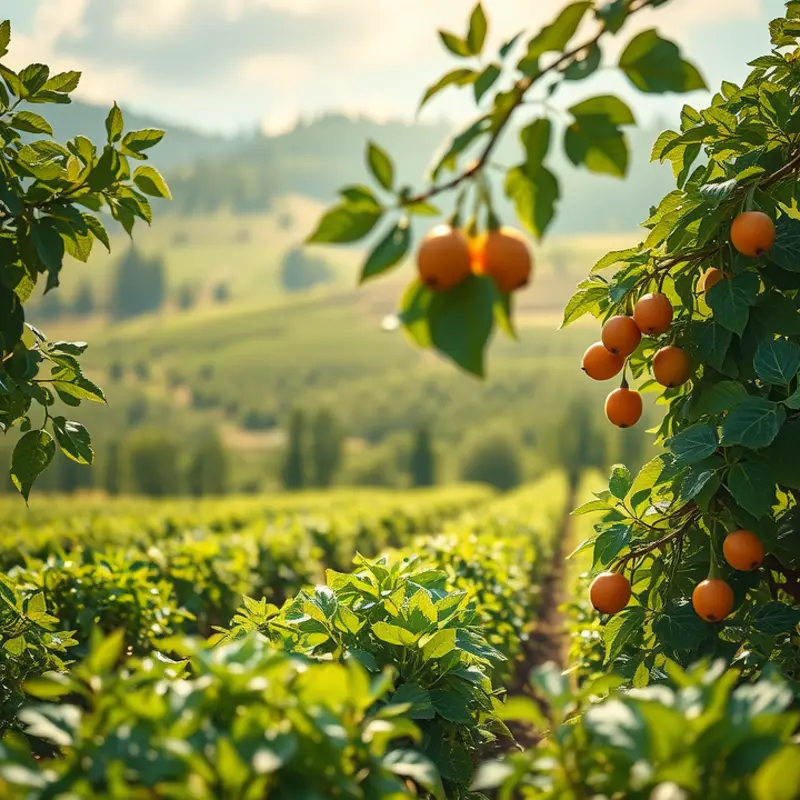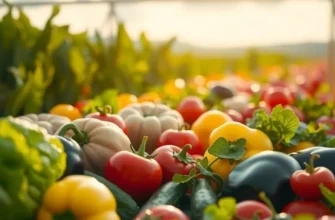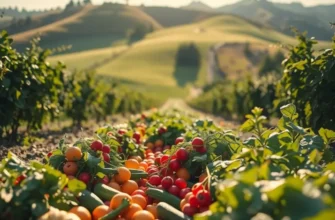A great sauce can elevate any dish, but watery sauces can quickly dampen your culinary creations. To avoid this common pitfall, it’s essential to know how to create rich, balanced sauces that enhance your meals. Whether you’re a beginner or an experienced cook, these practical tips will help you achieve the perfect sauce consistency every time. Prepare to impress your family and friends with your enhanced kitchen skills!
Thickening Agents: Your New Best Friends

A sauce that lacks body can be the downfall of a dish. Understanding thickening agents is crucial to achieving the perfect consistency. These ingredients play a vital role in enhancing the structure and vibrancy of a sauce. Yet, not all thickening agents are created equal. Choosing the right one depends on your sauce type and desired outcome.
Flour and Cornstarch
For creamy sauces, such as béchamel or gravy, flour and cornstarch are quintessential. Flour creates a robust, slightly opaque sauce, while cornstarch brings a glossy finish. When using flour, you must first cook it with fat to form a roux, ensuring a smooth blend. Cornstarch requires a slurry made with cold liquid before adding it to your simmering sauce.
Arrowroot and Tapioca
For gluten-free needs or subtler sauces, arrowroot and tapioca are excellent choices. These starches offer clarity but may not hold up well over long heat exposure. They are best used for immediately served sauces. Dissolve either in a small amount of cold liquid and add as a finishing touch.
Egg Yolks
Egg yolks are wonderful for adding richness to sauces like hollandaise. Acting as emulsifiers, they incorporate air and liquid smoothly. Be cautious with heat; temper yolks by slowly adding a small amount of hot sauce to avoid curdling. Then, integrate the tempered mix into the larger batch.
Gelatin
Gelatin lends an unmatched silkiness, especially in jellied sauces or aspics. Dissolve unflavored gelatin in warm water before stirring it into the sauce. This technique helps create a firm hold once the sauce cools, adding an elegant sheen.
Vegetable Purees
Vegetable purees also serve as natural thickening agents. They’re ideal for health-conscious cooks seeking fiber-rich options. Cook and blend fibrous vegetables like carrots or potatoes. Stir the puree into your sauce, enhancing thickness and nutritional value.
Experiment and Balance
Mastering thickening agents involves experimentation. You may need to adjust quantities or adjust combinations to find what suits your dish best. Reflect on flavor compatibility to maintain harmony. For more tips on substituting ingredients and transforming your cooking game, explore our guide on cooking without gums.
Developing an understanding of these agents enriches your culinary repertoire. By honing this skill, you ensure your sauces leave a memorable impression. Thickening agents are indeed your new best friends, elevating your creations from watery mishaps to masterpieces.
Techniques for Sauce Consistency

Creating the ideal sauce consistency is a subtle art that marries technique and patience. Various cooking methods can significantly influence the final texture of a sauce. Understanding these methods allows you to achieve a perfect balance between thickening and flavor preservation.
Start with simmering, which gently coaxes richness and depth from the ingredients. This method centers around controlling heat to evaporate excess liquid, thus thickening your sauce. Simmering works best when the base ingredients, like tomatoes or stock, have high water content. Maintaining a low heat and occasionally stirring prevents sticking and encourages even reduction. For more insights, you might find these simmering tips useful.
Reduction is another essential technique. It’s about boiling the liquid to decrease its volume by evaporating water content. This process not only helps in thickening but also intensifies the sauce’s flavors. Stir frequently to prevent burning, especially near the end when the sauce becomes denser.
Blending facilitates consistency through texture transformation. Immersion blenders, for instance, refine sauces by breaking down fibrous components, resulting in a smoother consistency. Use blending for sauces like tomato or vegetable-based ones that benefit from a creamy finish. Blend while the sauce is warm for the best results, ensuring you avoid splattering. Moreover, consider straining after blending for an even silkier texture.
Incorporate enrichers like roux or slurry to adjust consistency without over-reducing or compromising flavor. A roux, equal parts fat and flour cooked together, is excellent for gravies and creamy sauces. A slurry, conversely, is a mixture of cold water and starch, typically a quick fix for more liquid-heavy sauces. Introduce these elements slowly and steadily while stirring to avoid lumps.
For those conscious of dietary habits, pureeing vegetables can be an effective and nutritious thickening alternative. Root vegetables such as potatoes or carrots integrate seamlessly, adding body and subtle sweetness to a sauce.
Finally, remember that timing and technique are crucial for sauce perfection. Allow each step to unfold gradually; rushing leads to inconsistency. The marriage of simmering, reduction, and additional thickeners can create sauces that are both robust and velvety, without sacrificing flavor.
Mastering these techniques empowers you to transform a basic mix into an exceptional sauce, elevating any dish it graces. As you practice, you’ll find the rhythm that suits each sauce and each dish, consistently impressing with polished, flavorful results.
Final words
Creating sauces with the right texture is an essential part of cooking that can significantly impact your dishes. By understanding the various thickening agents available and employing effective cooking techniques, you can confidently craft sauces that are rich and flavorful, avoiding the disappointment of a watery result. As you experiment with these tips, remember that practice makes perfect. Your journey to mastering sauce-making will not only elevate your dishes but also enhance your overall cooking skills. Happy cooking!







